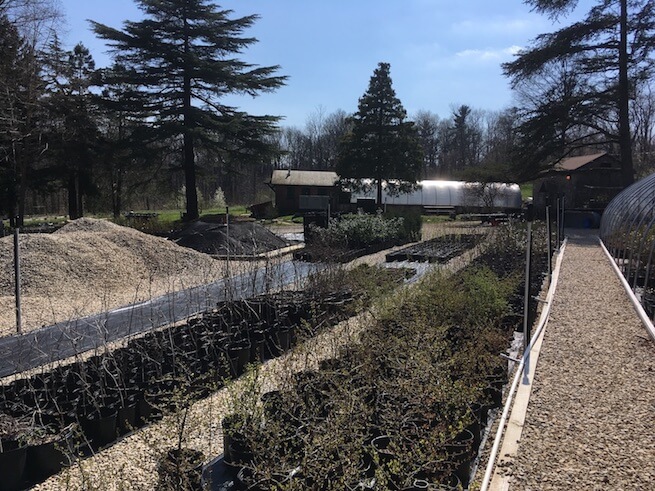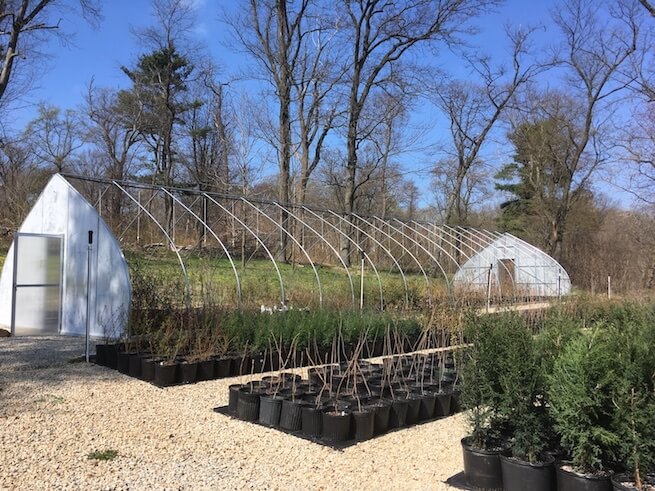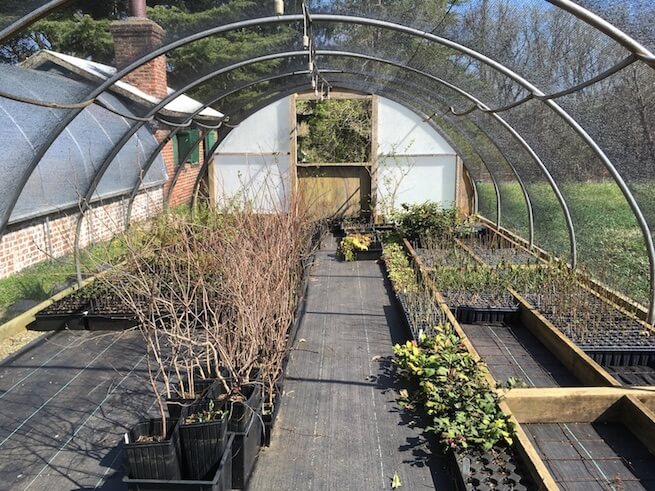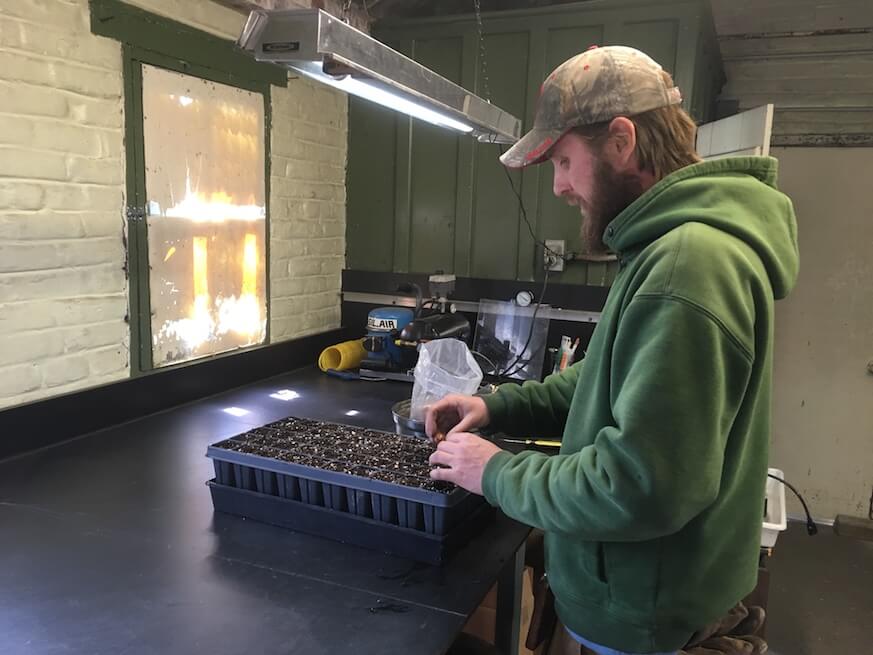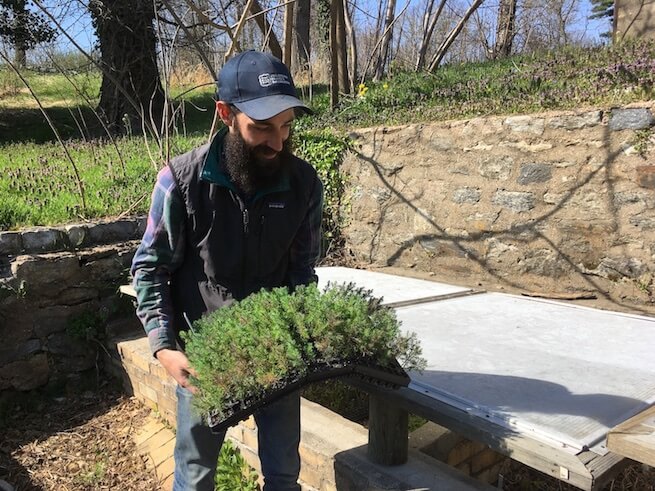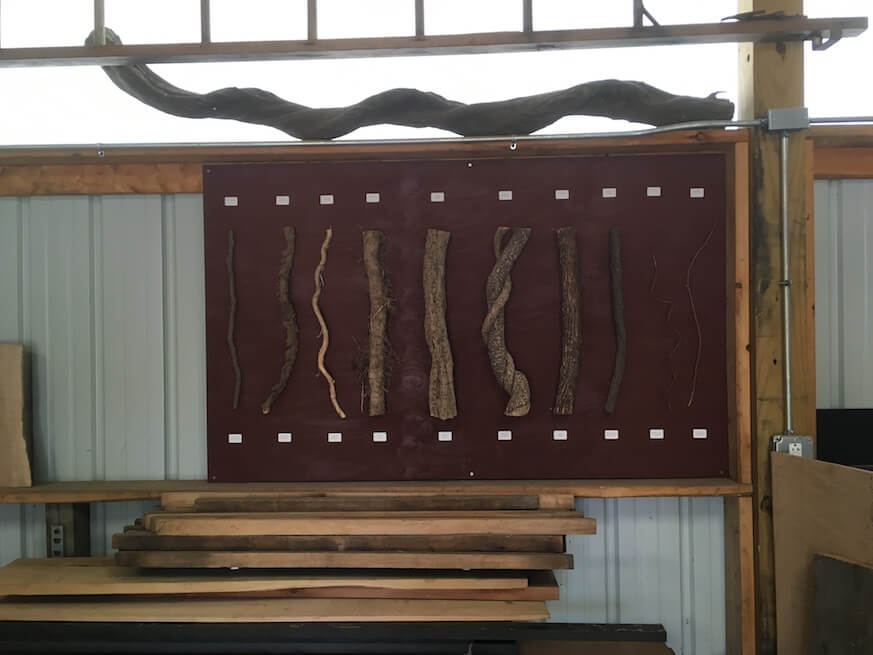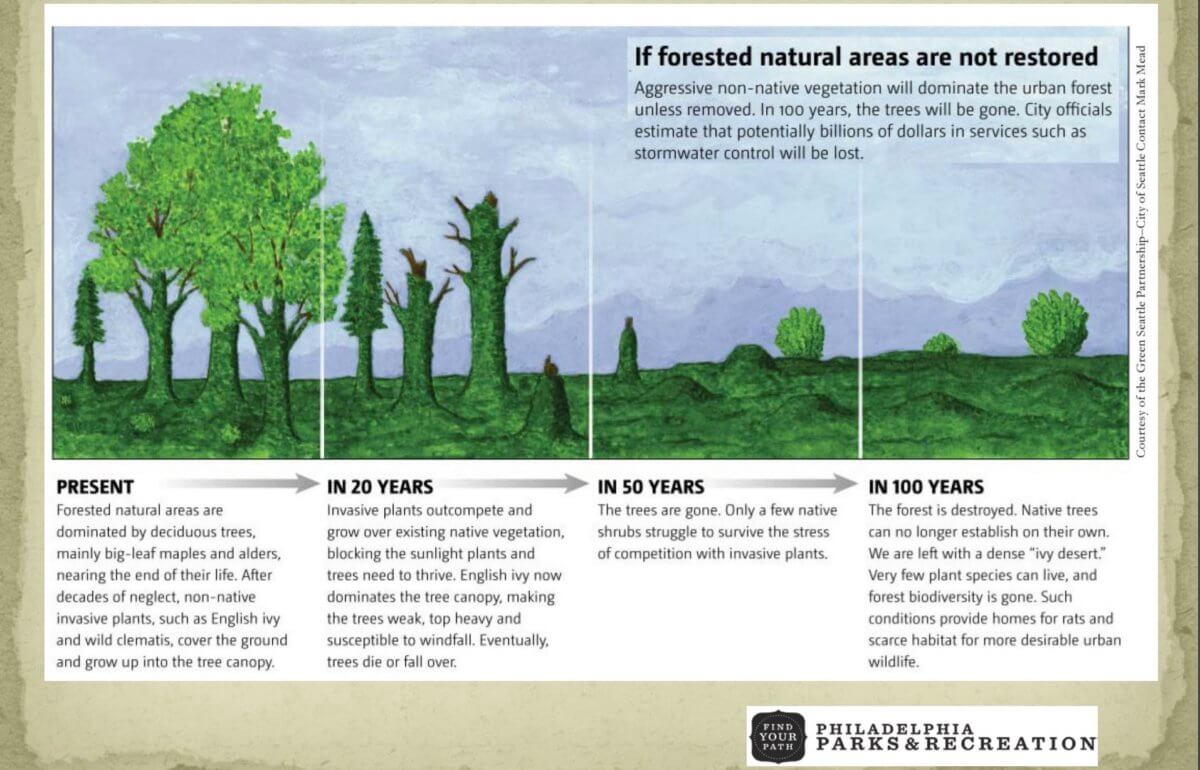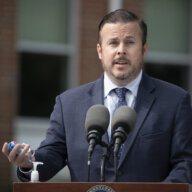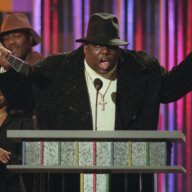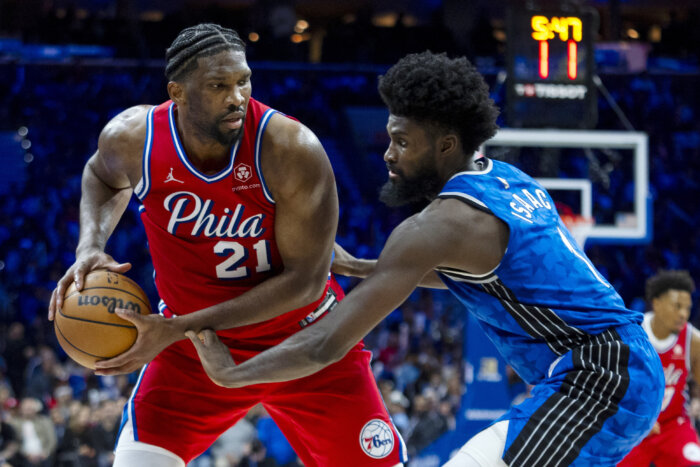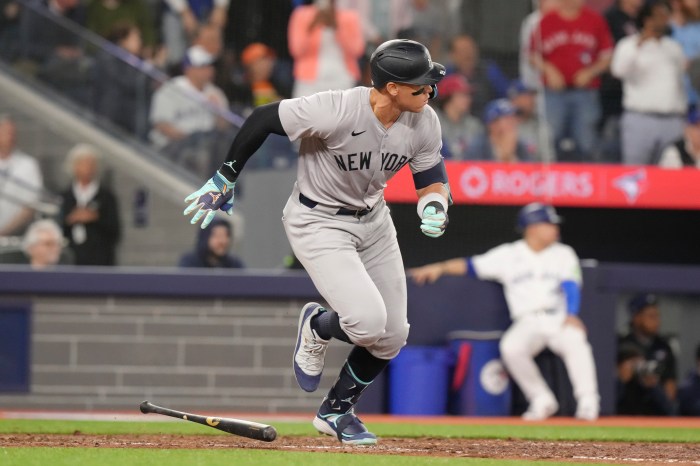Tucked away in a corner of West Fairmount Park, a century-old greenhouse that was out of use for decades has been re-activated since 2009 with a mission of preserving Philadelphia’s natural heritage: the native trees and shrubs that evolved with the land, but are increasingly under threat from changes to their ecosystem.
Greenland Nursery is the base of the Philadelphia Parks and Recreation department’s efforts to regrow native trees and shrubs, which are then distributed to city projects that include wooded areas to be re-integrated into the local ecosystem. Many of these native plants have been disappearing from Philly forests over the years, often due to invasive, non-native plants that can take over entire areas of forest.
“There’s a great diversity of plants that should be in our forests that aren’t,” explained Max Blaustein, manager of the nursery. “There’s no next generation of our native forest, so we’ve got to manufacture it.”
At Greenland, some 100 native species – like Eastern red cedars, white oaks, birches, hollys, redbuds, beech trees, hickories, persimmons, sumacs, elderberry and flowering dogwood – are raised over years. They’re even raising species that have all but disappeared, such as the hoptree, for potential re-integration into Philadelphia’s parks.
It’s a complex operation that involves supervising the development of some 10,000 plants in varying stages of development, including propagation of some 75 to 100,000 seeds in-house, all done by Blaustein and assistant Dhan Parker, with some help from volunteers.
Finished products are sent out to city projects. Although the nursery doesn’t meet all the city’s needs yet, Blaustein hopes it can expand, as these native plants aren’t just pretty, they help preserve the existing diversity of Philadelphia’s forests against the invasive plants that have in some areas eradicated native plants and created monocultures.
“They might look like natural, healthy woods to a lot of people, but a lot of them are under a lot of pressure and require a lot of management,” Blaustein said.
A vegetation invasion that could have dire consequences
While it doesn’t get the same type of apocalyptic attention as climate change, invasive plants do raise some scary prospects. The state of Oregon outlawed the sale of English ivy and other invasives to stem their expansion. Some research indicates invasives could literally decimate native forests within 50 to 100 years, which would substantially detract from local air quality.
“Even if there are people in the city who aren’t out hiking or actively using the parks, they’re getting a benefit because these forests are filtering water, cleaning the air, keeping temperatures cooler,” Blaustein said.
But with Parks and Rec and Greenland providing much-needed reinforcements, native plants have shown notable resiliency in some areas. After Parks & Recreation restored Houston Meadow in the Wissahickon, which was cleared of all invasives, the rare native Eupatorium album, or white thoroughwort, suddenly appeared in the meadow, something no one knew to grow there.
“That popped up on its own after we went in,” Blaustein said. “That’s a serious affirmation that your restoration efforts are a benefit, seeing species that should be there coming back on their own.”
By the numbers
2,918,000
Estimated number of trees in Philadelphia
513
Tons per year, air pollution removed
702,000
Tons of carbon storage
$1.7 billion/year
Estimated compensatory value
Source: U.S. Dept. of Agriculture 2012 Survey



